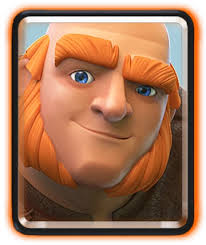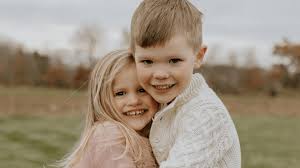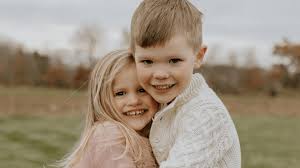ACC MOCK QUOTES
1/11
There's no tags or description
Looks like no tags are added yet.
Name | Mastery | Learn | Test | Matching | Spaced |
|---|
No study sessions yet.
12 Terms
What does Jacob Marley say about himself in the afterlife? (SUPERNATURAL)
“I wear the chains I forged in life”
● The ‘chains’ he wears are a metaphor for his sins committed in life, which caused him the inability to ascend to heaven.
The repetition of the personal pronoun ‘I’ leaves the reader in no doubt that Marley is solely responsible for his actions and for his destiny

How is the GoC Present presented? (SUPERNATURAL)
sat a jolly giant there who bore a glowing torch.
● LikeGOCPast, the light could also reflect hope, and the hope that Scrooge will change
The adjective ‘jolly’ conveys the good nature of the ghost and links him to Christmas- a time of goodwill
what does the Goc Present say to scrooge, ironically? (SUPERNATURAL)
if they are going to die [...] they had better do it and decrease the surplus population
● This is a very important moment in the play- the GOCPresent has just shown Scrooge Bob and Tiny Tim ● The Ghost repeats Scrooge’s words back to him after Scrooge asks if Tiny Tim will life ● The point the ghost is making is that the Cratchits and ‘Tiny Tim’ are the ‘surplus’ population that Scrooge was essentially saying weren’t worthy of life in Stave 1 |
forced to fill this one out
empty
what does Jacob Marley tell Scrooge in stave 1? (FEAR)
“i wear the chains i forged in life”
● The ‘chains’ he wears are a metaphor for his sins committed in life, which caused him the inability to ascend to heaven.
The repetition of the personal pronoun ‘I’ leaves the reader in no doubt that Marley is solely responsible for his actions and for his destiny

what does the GoCPresent show Scrooge, and how does he describe them? (FEAR)
The boy is Ignorance, the girl is Want. ‘Yellow, meagre, ragged, scowling, wolfish
● List of adjectives with negative connotations - meagre, ragged, scowling, wolfish.● The adjective ‘wolfish’ creates an animalistic impression, in which these children look barely human
Ignorance = lack of knowledge, Want = lack of basic necessities
what did the GoC of the future yet to come show Scrooge near the end of stave 4? (FEAR)
On the neglected grave his own name, EBENEZER SCROOGE
● Adjective ‘neglected’ used to instil fear in Scrooge and in the reader
● Mentioning a ‘grave’ (noun) plays on the Victorian fear of hell and eternal damnation after death
filler
Scrooge’s attitude towards the poor at the beginning of the play (POVERTY)
“If they would rather die,' said Scrooge, 'they had better do it, and decrease the surplus population
Economic language/adjective – ‘surplus’ - This shows the cruel and callous way the rich (represented by Scrooge) view the poor.
● His language is cold and clinical and shows his complete lack of compassion for the poor.
Scrooge would rather see the poor die instead of helping them, and by dying, they would be doing a service to the world by "decreas[ing]the surplus population.”
how is Mrs Cratchit described in stave 3? (POVERTY)
“Brave in ribbons”
Metaphor - this suggets that she puts a brave face on their lack of money and does all she can to be positive, something we admire her for. ● Mrs Cratchit has added new ribbons to her clothes in a desperate attempt to freshen up her old clothes for Christmas. This is an example of the family’s extreme poverty |

What does the GoC Present show scrooge near the end of stave 3? (POVERTY)
“This Boy is Ignorance, this Girl is Want”
Allegory - The two children are allegories of two social problems: Ignorance and Want. They represent these problems in human form. They are disturbing creatures who embody the worse traits that existed in Victorian society.
● Ignorance: People like Scrooge, who ignore the problems of the poor, create enormous social problems.
filler flashcard